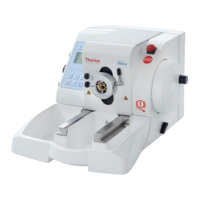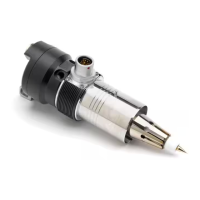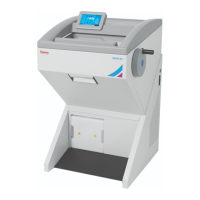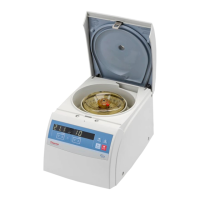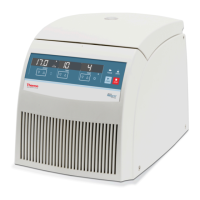Why does wax dispense continuously from my Thermo Scientific Laboratory Equipment?
- CCarol JacksonSep 12, 2025
If the wax dispenses continuously from your Thermo Scientific Laboratory Equipment, check the operation of dispense lever. Also, check that the footswitch is not being depressed accidentally and inspect the footswitch tubing for kinks.


